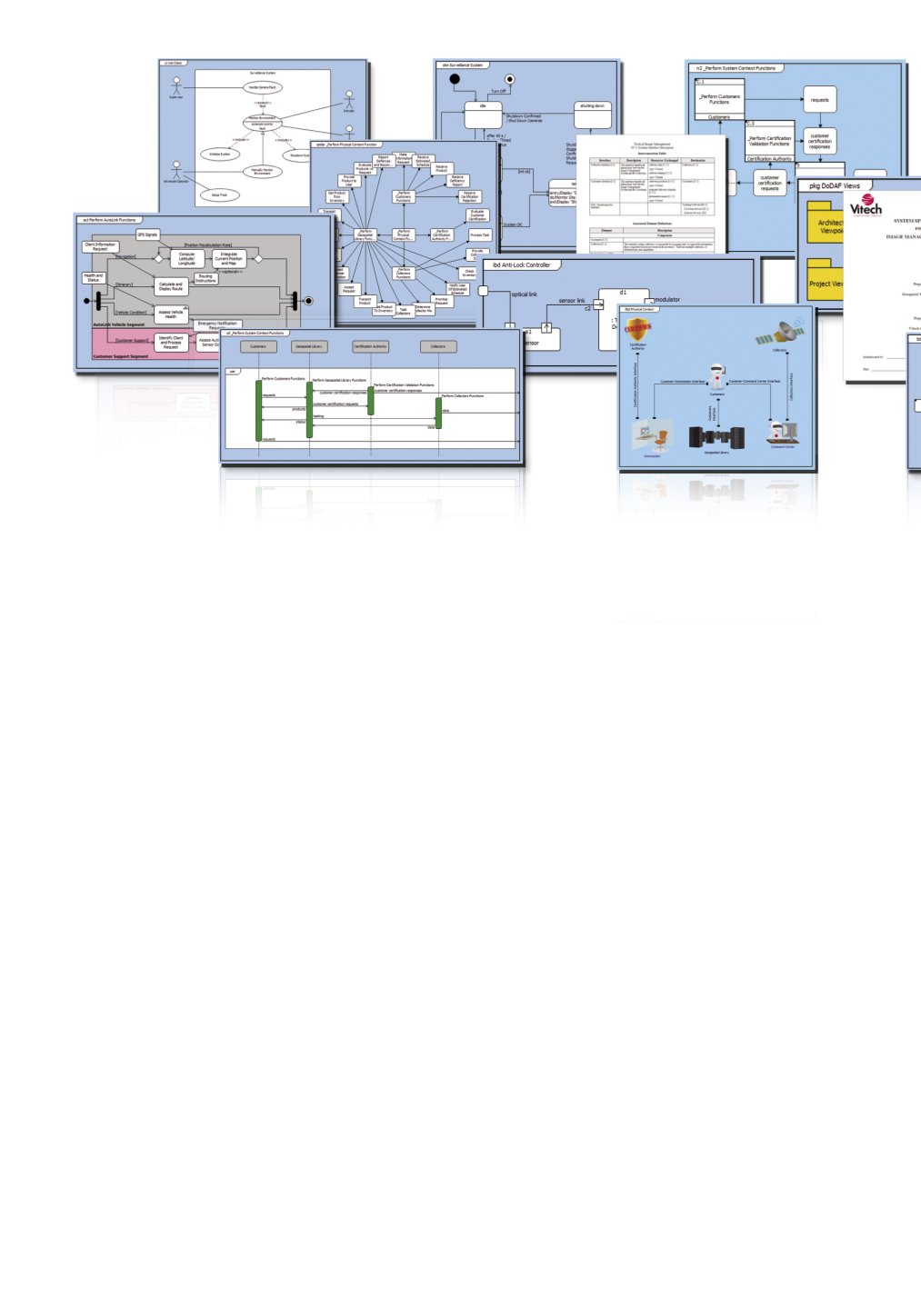

engineering environment. While CORE was
integrated from requirements through architecture
and test, it was built on 1990s technologies. As a
result, it was fundamentally a closed system, not well
suited to maximize the value of systems engineering
through connection to other engineering tools or
the greater corporate enterprise. With GENESYS,
Vitech sought to leverage its collective insights
from CORE and countless systems engineering
engagements. GENESYS would represent the next
advance in systems engineering environments,
continuing the line of innovation reaching back
to 1967 and the foundational work of Jim Long at
TRW.
In October of 2011, GENESYS was launched.
In parallel with GENESYS, Vitech continued to
develop new versions of CORE to serve its many
clients and advance the greater industry. Guided
by the principle of “balanced reflection,” Vitech
strove to blend the best of industry with its own
advances and insights. Recognizing the value of
supporting operational architectures integrated
with systems engineering, Vitech extended CORE
to natively support the U.S. Department of
Defense Architecture Framework (DoDAF) as a
byproduct of good systems engineering. Vitech
then extended the many integrated representations
in CORE to include SysML (to which Vitech was
a founding contributor) alongside traditional
systems representations. In parallel, Vitech added
new capabilities to bring additional power to
its integrated, model-based systems engineering
environment while continuously working to ease the
burden of systems engineering and enhance the user
experience of CORE.
Zane Scott, vice president for Professional Services
and a board member of INCOSE, began his tenure
at Vitech during this time, starting as a contractor
in 2009. He recalled the ability of CORE to create
insights for customers. “We were working with
a government client that was engaged in process
re-engineering and improvement. We’d elicit
their process and then put it all into the CORE
database. Then we’d use a big plotter and print out
an Enhanced Functional Flow Block Diagram—the
most complete representation of behavior in a
system. When we took the diagram to the process
owner, we’d tell them, ‘Based on our discussions
with you, we think this is your process,’ and they’d
say, ‘Well, but I do this, too.’”
Invariably, the process owners would gain insight
into their processes and see how they could improve
things. After all the changes, the customer would
wind up with an “as-is” picture and a “to-be” picture,
Vitech systems engineering software produces a multiplicity of fit-for-purpose views.
11
















